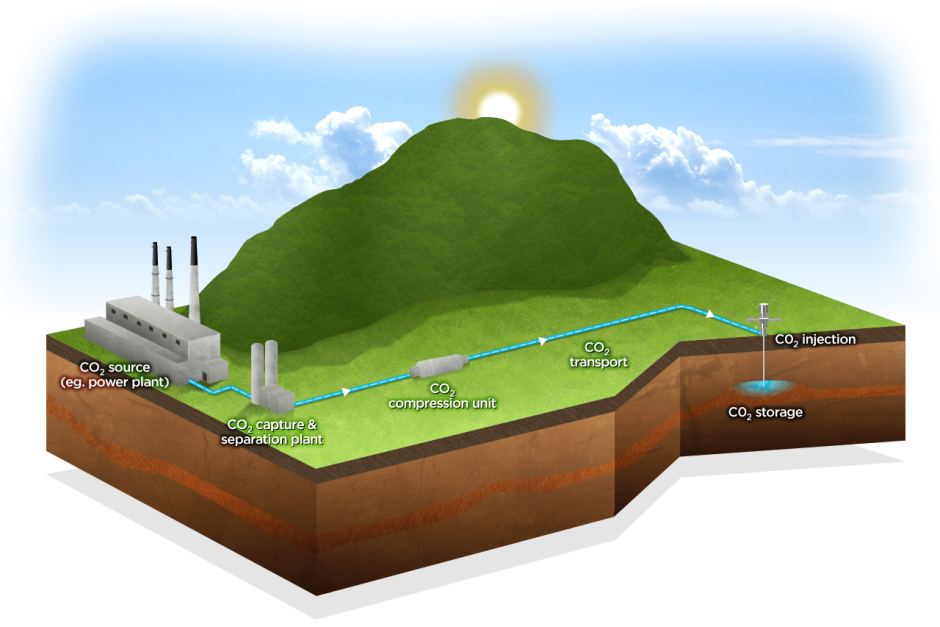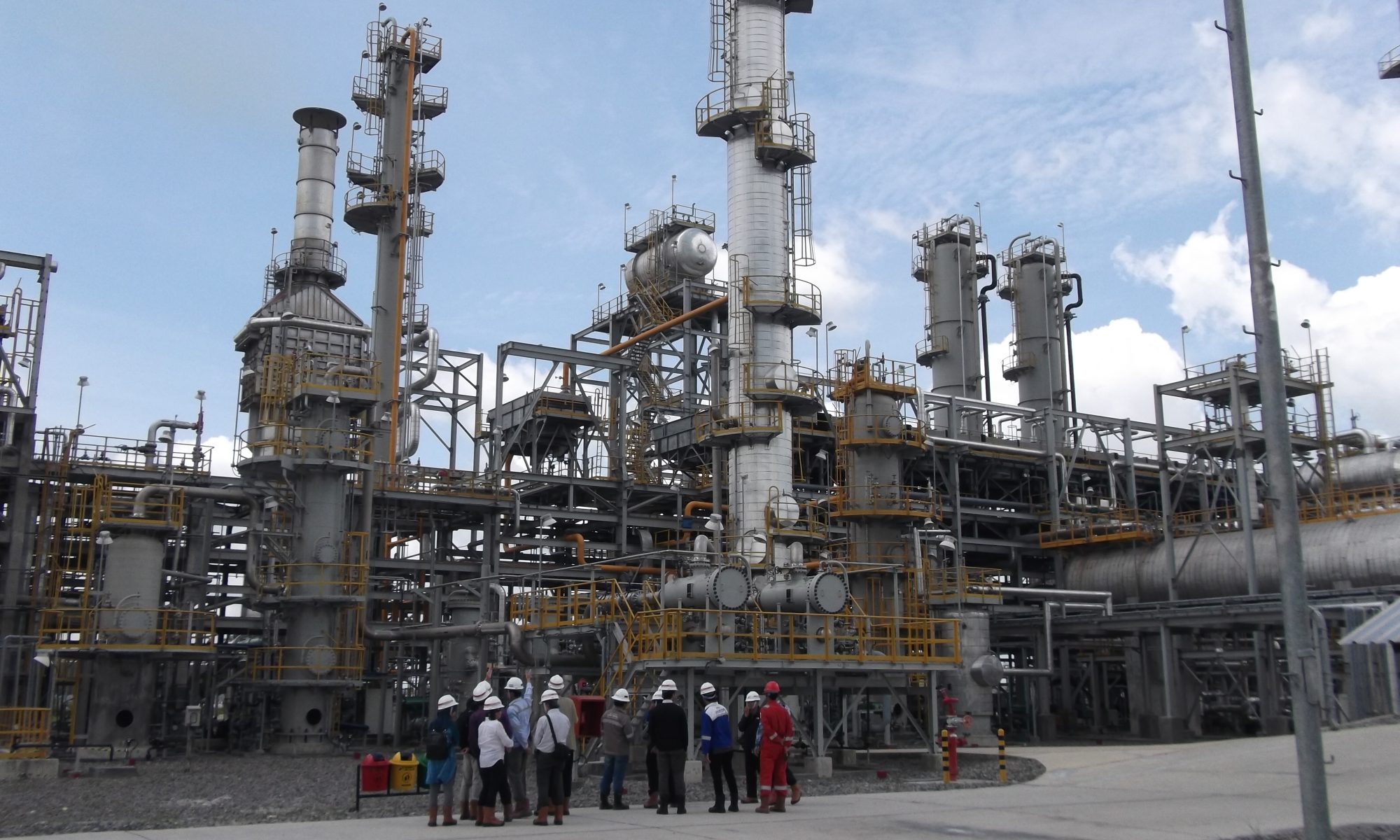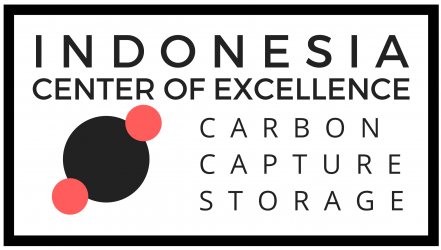Carbon Capture and Storage (CCS) is a system that integrates CO2 capture from the large emission source, transportation of CO2, typically in a pipeline, and injection of CO2 into a geological storage site. The schematic of CCS is presented in figure below

There are three major stages involved:
1) Capture
Capture refers to the initial stages of separating CO2 from either the fuel or from the combustion flue gases. The CO2 that is captured is then compressed into a liquid or supercritical fluid, ready for transportation. The capture stage is the most costly stage of CCS and therefore there is a large drive to find technologies that can reduce costs.
2) Transport
In most of the cases, a CO2 capture plant may not be located next to a suitable CO2 storage location. Therefore, CO2 needs to be transported, typically using dedicated pipelines. Barging and shipping operations have also been suggested to deliver CO2 to storage locations. Transporting CO2 using dedicated pipelines has been applied in the oil and gas industry, commonly to support EOR operations.
3) Storage
The gas is compressed to a supercritical state where the density is similar to water. The supercritical CO2 is then injected into a ‘sedimentary basin’, where it will be stored indefinitely. These basins must be porous and have good permeability, therefore allowing large amounts of CO2 to be stored. This also promotes the spreading of the injected-CO2 throughout the rock formation. A cap rock (or barrier layer) is also essential on top of the porous rock to trap the injected-CO2.

